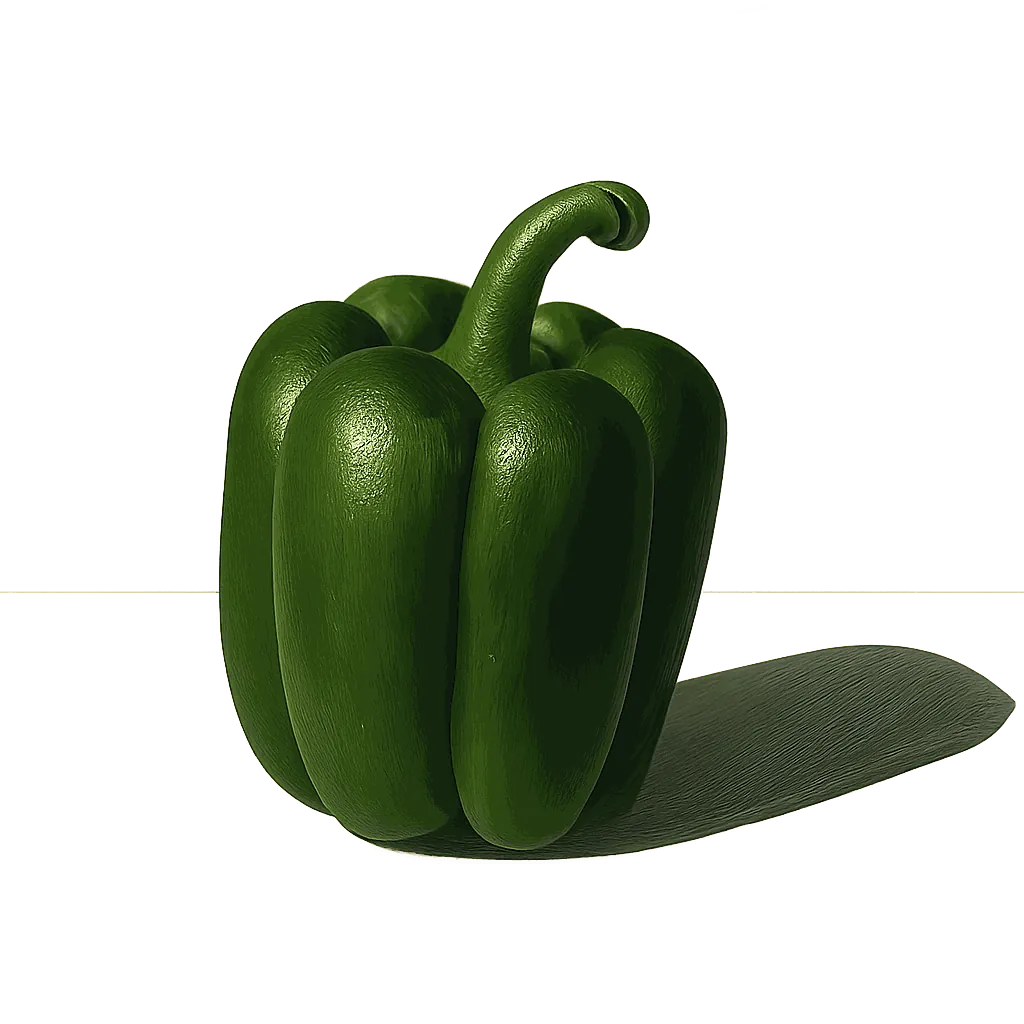Perfect Pairings & Recipes for
German White Wine

Top flavour pairings and recipes for German white wine, according to analysis of thousands of recipes.
German white wine immediately conjures the embrace of sour apple and the bracing kiss of peach, yet its initial sourness is only the opening gambit. Beneath lies a sophisticated tapestry of delicate honey, whispers of pear, and the soft floral aroma of blossom, giving it remarkable depth. The key to a beautiful synergy lies in knowing how these accents harmonise and interact.
To map these harmonies, we analysed thousands of ingredients, breaking each one down across 150 flavour dimensions, identifying which notes complement and contrast. Our analysis reveals, for example, how suckling pig's porcine tones enrich German white wine, and how bird's eye chilli's capsicum notes create a surprising synergy with its crisp tartness.
Flavour Profile Of German White Wine Across 150 Dimensions Of Flavour
Flavour wheel chart showing the dominant flavour notes of German White Wine: Malic, Peach, Blossom, Pear, Honeyed, Grapefruit, Apricot, Flint, Limestone, Petrichor, Plum, Elderflower, Rose
An ingredient's flavour profile is determined by its core characteristics (e.g. acidic, floral, and nectarous) enhanced by layers of subtle aroma notes (outer bars). When pairing ingredients, aim for a mix of core traits to build balance, and select complementary aroma notes to create harmony.
Unlocking Flavour Combinations
To understand how flavour notes harmonise, we analysed more than 50,000 popular ingredient combinations. By exploring these pairings, we identified specific flavour notes that frequently occur together, indicating they share a harmonious relationship.
The Flavours That Harmonise With Malic Notes
Strength of Association Between Flavours
The flavours most associated with malic notes are: Hoppy, Capsicum, Saline, Capsaicin, Oceanic, Fishy, Peppercorn, Lactic, Seaweed, Smoky, Sulfurous, Charred, Oyster, Peaty, Camphor.
Our analysis reveals a strong connection between sour apple and bell pepper flavours. Since German white wine has a distinct malic flavour, try pairing it with the capsicum flavours of bird's eye chilli.
The recipes below provide inspiration for pairing German white wine with bird's eye chilli.
Harmonious Flavours Of German White Wine
Just as our analysis reveals that sour apple and hoppy flavour notes tend to pair together, we can identify the full profile of flavours that harmonise with each of the flavour notes present in German white wine. For instance, the peachy accents of German white wine are strongly associated with koji and milky flavours.
The aroma notes associated with the various notes of German white wine can be seen highlighted in the pink bars below.
Flavour Profile Of German White Wine And Its Complementary Flavour Notes
Flavour wheel chart showing the dominant flavour notes of German White Wine: Malic, Peach, Blossom, Pear, Honeyed, Grapefruit, Apricot, Flint, Limestone, Petrichor, Plum, Elderflower, Rose
Matching Flavour Profiles
The flavour profile of suckling pig offers many of the accents complementary to German white wine, including porcine and glutamic aroma notes. Because the flavour profile of suckling pig has many of the of the features that are complementary to German white wine, they are likely to pair very well together.
Prominent Flavour Notes Of Suckling Pig Are Represented By Longer Bars
Flavour wheel chart showing the dominant flavour notes of Suckling pig: Porcine, Glutamic, Caramel, Lactic, Milky, Proteolytic, Poultry, Adipose, Buttery, Hazelnut, Toasted, Charred, Honeyed, Chestnut, Bovine, Brettanomyces, Grassy, Sulfurous, Poivre, Smoky, Leather, Oleic
The chart above shows the unique profile of suckling pig across 150 dimensions of flavour, while the recipes below offer inspiration for bringing these flavours together with German white wine.
Recipes That Pair German White Wine With Suckling Pig
Linked Flavour Notes
Looking at the aroma notes that are most strongly associated with the various flavours of German white wine, we can identify other ingredients that are likely to pair well.
German White Wine's Harmonious Flavours And Complementary Ingredients
German White Wine's Strongest Flavours
Complementary Flavours
Ingredients with Complementary Flavours
Flavour groups:
Nectarous
Acidic
Floral
Herbal
Spice
Vegetal
Maillard
Earthy
Woody
Carnal
The left side of the chart above highlights the aroma notes of German white wine, along with the complementary aromas associated with each note. While the right side shows some of the ingredients that share many of the accents complementary to German white wine.
Prominent Pairings
Our analysis identifies dishes that pair well with German white wine and highlights the prominent ingredient combinations within these recipes. Key pairs include white wine vinegar and star anise offering sweet-spicy aroma, ginger and coriander for brightness, thyme and bay leaf for laurelled depth, and lemon juice and egg for a complex sulfurous undertone. Explore these combinations to unlock German white wine's hidden complexity, reveal deep nuance, and elevate its vibrant character.
Ingredient Combinations Among Dishes That Pair With German White Wine
Flavour groups:
Sour
Botanic
Herbal
Spice
Vegetal
Bitter
Which Vegetables Go With German White Wine?
Choose vegetables that ground its sweetness or anchor its crisp tartness. Red chilli and green chilli offer vibrant, clean counterpoints, their verdant freshness lifting the palate. Jalapeño add a gentle, oniony brightness, while red pepper introduces a sophisticated, anise-tinged elegance.
Alternatively, embrace vegetables that harmonise with German white wine's tartness. The addition of bell pepper, with its subtle capsicum notes, can complement the sour apple beautifully, while savoy cabbage lends a mild pepper aroma.
How Flavonomics Works
We've pioneered a unique, data-driven approach to decode the intricate art of flavour pairing. Our goal is to move beyond intuition and uncover the science of why certain ingredients harmonise beautifully. This rigorous methodology allows us to provide you with insightful and reliable pairing recommendations.
Our analysis begins with over 50,000 carefully selected recipes from acclaimed chefs like Galton Blackiston, Marcello Tully, and Pierre Lambinon. This premium dataset ensures our model distils genuine culinary excellence and creativity.
Each ingredient from these recipes is deconstructed across 150 distinct flavour dimensions, creating a unique numerical "flavour fingerprint." This quantification allows us to apply advanced analytical methods to identify complex patterns between flavour notes.
We identify popular ingredient combinations that frequently appear in our recipe database. Regression analysis is then performed on these pairings to statistically validate and pinpoint truly harmonious flavours.
These insights drive our predictive model, which allows us to take any ingredient (e.g., German White Wine), analyse its detailed flavour profile, and accurately reveal its complementary flavours and perfect ingredient partners.
Explore More
Discover more ingredient profiles and expand your culinary knowledge. Each ingredient page offers detailed analysis of flavour profiles, pairing insights, and culinary applications.
The content on our analysis blog is semi-automated. All of the words were manually written by a human, but the content is updated dynamically based on the data.


